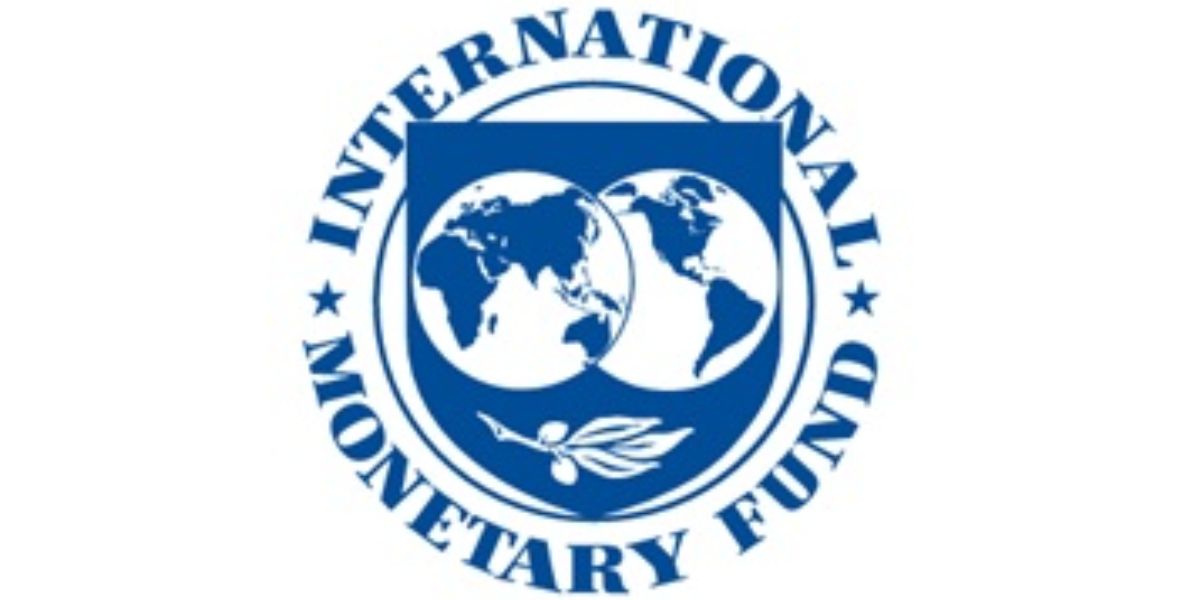A World Bank blog published on 13 February 2025, written by Hania Kronfol, Eduardo Antonio and Jimenez Sandoval, assesses the use of corporate tax incentives to encourage environmentally friendly investment. The blog refers to a World Bank Prosperity Insight Note compiled using data from the new World Bank database of Corporate Income Tax (CIT) incentives. The survey indicates that corporate tax incentives are currently more frequently available for polluting economic activities than for activities promoting sustainability.
The survey of 40 economies, including high-income and developing economies, between 2009 and 2020 used publicly available resources, to look at the type, scope and conditions of corporate income tax incentives. The results of the analysis indicated that tax incentives related to polluting activity were more prevalent incentives to encourage environmental sustainability. Only around 2.6% of the incentives were related to green sector-oriented activities, aiming to stimulate investment in greener production processes; and around 3.4% of the incentives were green process-oriented, supporting investment in processes such as recycling of by-products. The proportion of green incentives had remained relatively stable during the period surveyed.
The average share of incentives for polluting activities was around 9.5%. These were corporate tax incentives supporting sectors such as fossil fuel production that were contrary to environmental objectives. The survey indicated that high-income economies were offering more green incentives than developing economies; and polluting incentives were much more frequently encountered in developing economies, averaging 10.5% of the total corporate income tax incentives on offer. Many of the countries studied were offering incentives for polluting and green-oriented activities, and more than half of these countries were offering more incentives for polluting activities than for green projects.
The survey found that most green incentives were given in the form of accelerated depreciation, tax holidays and reduced tax rates. The incentives for both green and polluting activities were generally evenly divided between profit-based instruments, reducing the taxable profit from the activities, (e.g. tax holidays and reduced tax rates); and cost-based instruments, reducing the after-tax cost of capital expenditures, for example accelerated depreciation or investment tax credits.
The authors note that where tax incentives are to be used, governments should continuously assess their impact and their alignment with broader policy objectives. There should be consistency in the incentives offered. Countries should re-evaluate the offering of green and polluting incentives and look at the long-term effects in relation to the green transition.
The tax incentives also need to be designed in a cost-effective manner. For example, tax holidays are considered the least cost-effective based on empirical evidence, even though they are frequently offered. Tax holidays are likely to become less effective as countries implement the Global Minimum Tax, establishing a global minimum effective corporate tax rate of 15% for large multinationals.
Corporate income tax incentives may help to promote sustainable investment, but countries need to do more research into their impact in promoting greener private investment. The new World Bank CIT Incentives Database could be used to gain deeper insight into the effectiveness of the tax incentives and their interaction with other measures such as direct subsidies and regulation. A deeper analysis would improve the design and implementation of tax incentives.













